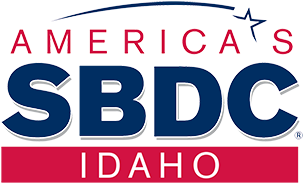In this section you will be explaining the operations of the business, its people, processes, policies, systems, equipment, and location. Consider the items below and determine those important to include for your business. Include only those that apply and keep descriptions brief, clear and concise.
People
- Number of employees and contractors and type of positions (skilled, unskilled, professional)
- Quality of existing employees
- Compensation structures
- Job descriptions (do you have them?)
- Hiring (describe the process: sourcing, interviewing, selection)
- Training requirements and programs
- Employee performance management (is it in place, brief description of the process)
Production
- Production Methods
- Research and development (new products & new services)
- Quality
- Customer service
Location
- Describe your primary and any supporting location(s)
- Own or lease
- Describe access related to customers, parking, shipping/receiving
- Business hours
Legal & Other Requirements
- Permits, bonding, licensing, certifications, special regulations
- Patents, trademarks, copyrights
- Insurance
Operating Controls
Describe key activities that require internal controls. Indicate what controls are in place, and who is responsible. Include information on how owners monitor and oversee the activities and control functions. Describe why the controls are in place and how they reduce risk and/or enhance the effectiveness of managing the business.
- Financial functions
- Record keeping
Suppliers
(if this is robust use a table to concisely provide this information)
- Names and location
- Products supplied
- Credit Terms
- Delivery requirements and agreements
- History and reliability
- Is your supply chain diversified to reduce risk?
- Are your supply costs steady and within industry norms?
Inventory
- Describe inventory and its average value: raw materials, finished goods, supplies
- Describe elements including: lead times for ordering, seasonal requirements, and average inventory turnover. Include comments on how you compare to industry standards.
Credit Polices
Managing credit you extend and credit you receive are important business functions.
- Do you sell to customers on credit (accounts receivable)? If yes, describe your policies and procedures. Include elements like: Who gets credit and how much? How do you check credit worthiness for new accounts? What terms do you offer and do they include prompt payment discounts? How are collections and slow pay accounts handled? Are you tracking problems and quality with a listing and aging of receivables that’s reviewed regularly?
- Do vendors and suppliers extend credit terms to you (accounts payable)? If yes, provide a description of credit terms extended to you and explain your process for managing them.





